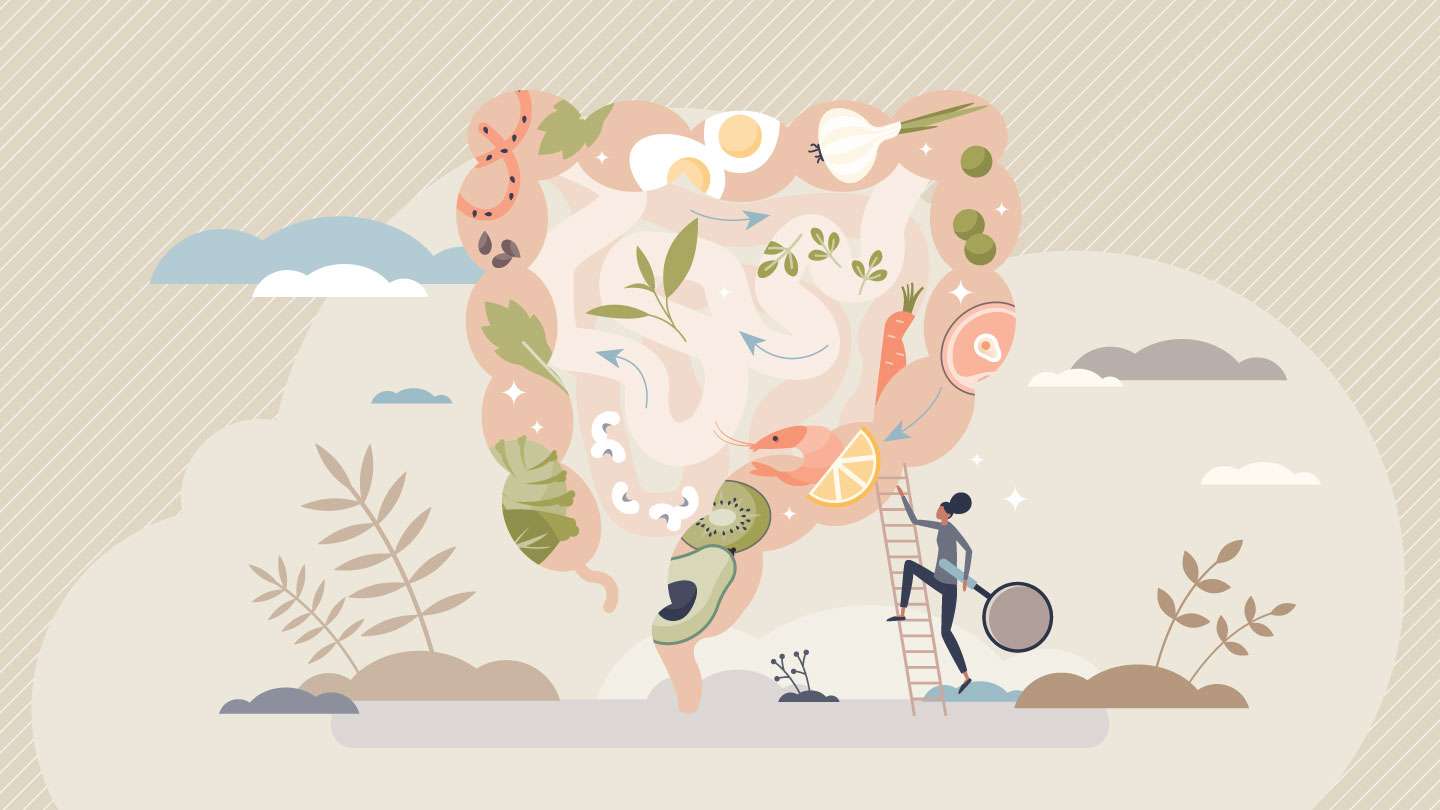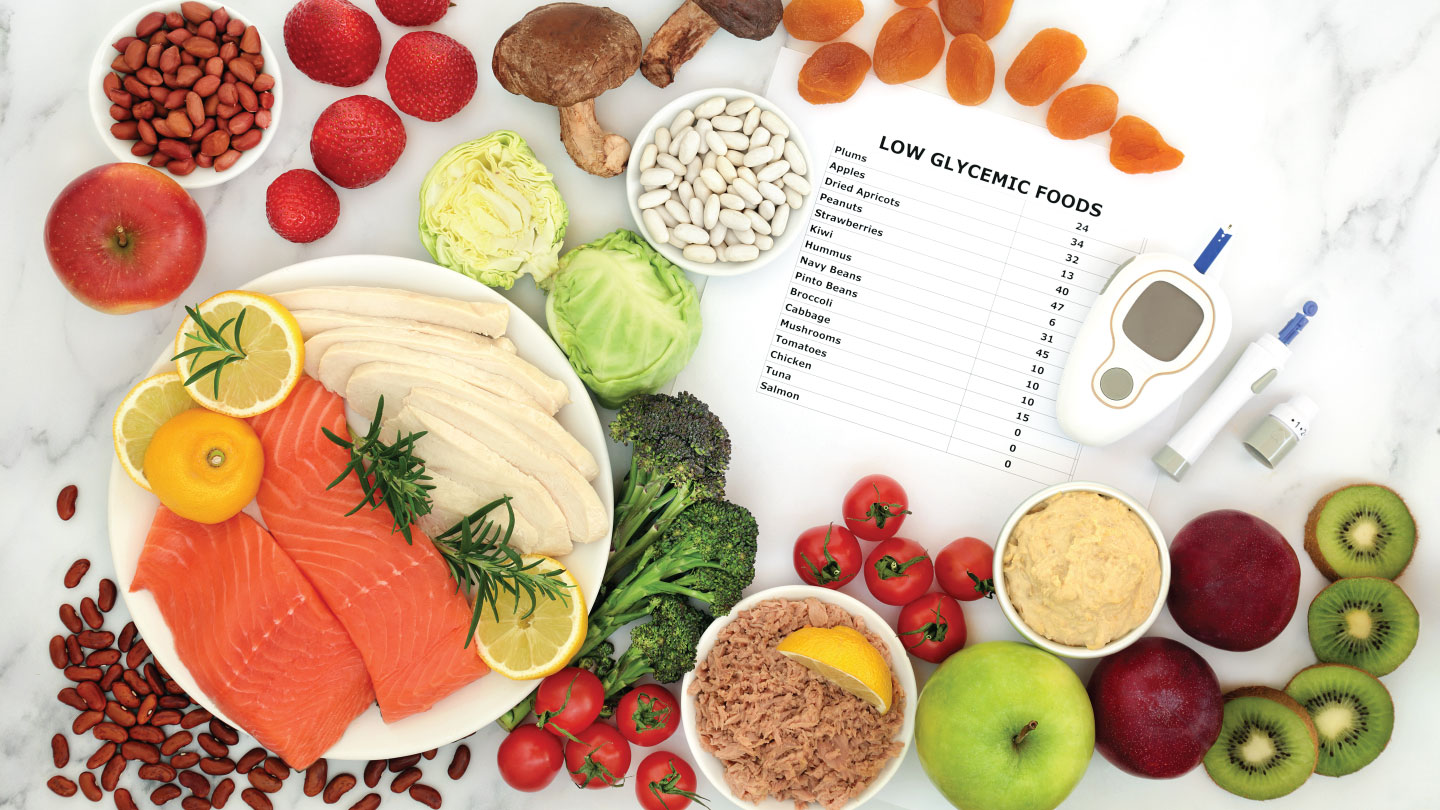Nutrition
5 Ways Sugars Are Hiding In Plain Sight In Your Food
You might think you are cutting down your daily sugar consumption by saying no to cakes and cookies, but research shows that hidden added sugars are mostly at fault for excess sugar intake. Here’s how you can identify the surprising sources of hidden sugars in food labels.

Among all the food groups that make up our daily diet, sugars have arguably the worst reputation when it comes to health. One 15-year long study conducted among adults in the US found that people who received more than 25 percent of their daily calorie intake from sugars were at 38 percent more risk of dying of cardiovascular disease than those who consumed less than 10 percent. Research that analysed 88 different studies linked the consumption of sugary soft drinks to weight gain. Two large-scale studies conducted in the US in the 1990s discovered that women who consumed more than one soft drink per day were twice as likely to develop Type 2 diabetes. Yet science in recent years has disputed the widely claimed unhealthiness of sugar. This is because of the growing argument that demonising a single food group is dangerous, and causes confusion that risks us cutting out vital foods. So what is the truth?
Sugars usually belong to the following three categories:
- Natural sugars: These occur in all foods that contain carbohydrates, such as fruits and vegetables, grains, and dairy.
- Refined sugars: These are the processed byproducts of natural sugars like sugar cane, and these come in the form of the widely used white or brown sugar.
- Added sugars: These are the sugars that are added during processing or consumption of preserved or packaged foods, and beverages.
Natural and added sugars are metabolised the same way in our bodies: it is broken down to the form of a simple carbohydrate called monosaccharide. But for most people, consuming natural sugars in foods such as fruit is not linked to negative health effects, since the amount of sugar tends to be moderate, and is accompanied by fibre and other nutrients. It is also unlikely for health-conscious people to consume a great amount of refined sugar every day with their food. But added sugars have no health benefits for our bodies, and it is in this form that we tend to consume most sugar. From using different names for added sugar to hiding sugar in unexpected sources and adding different kinds of sugars, food manufacturers have a lot of tricks up their sleeves.
Why Should You Identify Hidden Sugars?
The World Health Organisation, in its nutritional guideline in 2015, announced that no more than 10 percent of our daily calorie intake should come from added sugars, which means 200 calories at most for a healthy adult. According to the American Heart Association, added sugar intake should be limited to 25 grams (about six teaspoons) per day for women, and 36 grams (nine teaspoons) per day for men. 4 grams of added sugars equate to 1 teaspoon, and a staggering amount of 74 percent packaged foods contain added sugar, according to a 2012 study published in Journal of the Academy of Nutrition and Dietetics. This means that it is extremely easy to exceed the recommended daily sugar intake in the form of added sugars, and recognising how they are hiding in your foods is essential.
How Are Added Sugars Hidden In Processed Food?
1. Sugars are called by a different name.
Sugar comes in many forms and varieties, and some of these have recognisable names, such as glucose, fructose and sucrose. But food companies often use lesser-known names for sugars in order to get away with hiding them. There are as many as 62 different names for added sugars. Watch out for names like barley malt, cane juice crystals, corn sweetener, crystalline fructose, ethyl maltol, fruit juice concentrate and evaporated cane juice on your food labels, aside from the ones that end with ‘ose’ and or have sugar in their names, such as brown sugar or coconut sugar.
2. Some sugars are called healthy sugars.
Unrefined sugars, that are derived from sap, fruit or seeds of plants, are often considered to be “healthier” alternatives to refined sugar because they have a low glycemic index, which means they are absorbed more slowly by the body. But this is a misconception, as our bodies absorb the same amount of calories from unrefined sugars as they do from other kinds. This means that processed foods that have “no refined sugars” printed on them are not actually of any greater value. Thus you should look out for sweeteners like agave syrup, maple syrup, cane sugar, honey and raw sugar, and consume them in moderation.
3. Added and natural sugars are lumped together.
As mentioned before, natural sugars are usually considered less harmful only because of the additional nutrients that one gets from consuming foods with such sugars in them. A sneaky way food companies take advantage of this is by adding the amount of added and natural sugars and including them under “Total Sugars” on nutrition labels. While the US has recently made it compulsory to separate the two, there are no such rules in India yet. This means that you should take notice of the total amount of sugar marked on the label.
4. Many different types of sugars are used.
Nutrition labels on packages contain ingredients listed by weight, which means that higher the weight of one item, the higher up it will be on the list. To make products appear healthy, food manufacturers use very small amounts of three or four different kinds of sugars, so that they appear towards the bottom of the list, and also appear to be low in amount. Added up, sugars often make one of the main ingredients of such foods. For example, breakfast cereals or granola often contain small amounts of different sugars like molasses, corn sweetener, corn syrup and malt syrup, which can add up to 5 to 7 teaspoons of sugar per 100 grams.
5. Sugars are added to unexpected foods.
Many beverages like soft drinks and packaged fruit juices are known to contain high amounts of sugar. But did you know that a single tablespoon of ketchup contains nearly 1 teaspoon of sugar? Not only ketchup, but packaged foods like low-fat yoghurt (200 grams can contain up to 7 teaspoons sugar), chocolate milk (200 ml can contain up to 3 teaspoons sugar), protein bars (50 grams can contain 20 grams of sugar, equal to a candy bar), canned fruit and premade soups all come with a huge amount of added sugar in them. This means that in order to moderate your total sugar intake, you have to look out for the quantity of sugar by weight in such foods as well.
EXPLORE MORE
Bright, earthy, and naturally prebiotic-rich, this beetroot salad is a refreshing gut-friendly bowl that supports digestion, boosts good bacteria, and adds colour to your everyday meals.
Struggling with sluggish digestion? Here are natural, everyday foods that help get your bowel movements back on track.
From portion control to low-GI swaps, here are seven powerful eating habits that protect you from progressing to type 2 diabetes.
Rustic, bright, and full of fire-roasted flavour, this simple Bihari-style chokha turns everyday tomatoes into a smoky, tangy, comforting side that lifts everything, from litti to dal-chawal.








.jpg)


.jpg)
